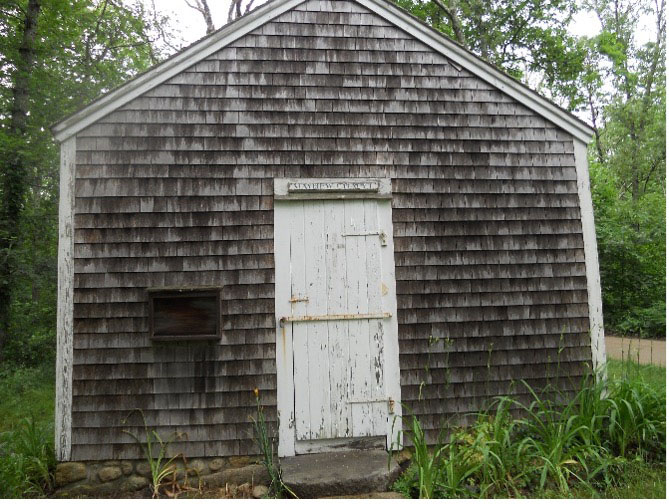Kelle Groom is the author of How to Live: A Memoir-in-Essays (Tupelo, 2023), I Wore the Ocean in the Shape of a Girl (Simon & Schuster, 2012), a B&N Discover Great New Writers selection and New York Times Book Review Editor’s Choice, and four poetry collections, most recently Spill (Anhinga...

